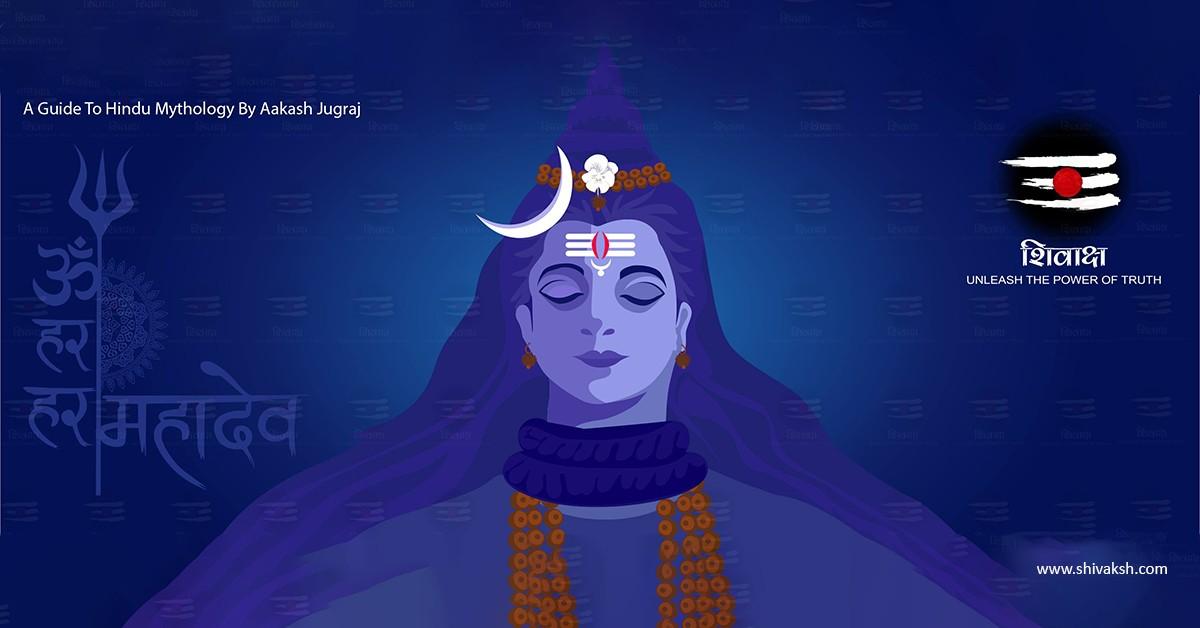Mahashivaratri, also known as the Great Night of Shiva, holds profound significance in Hindu culture and spirituality. Occurring on the 14th day of the dark fortnight of the month of Falgun, this auspicious occasion is marked by fervent celebrations and deep spiritual observances. Let's delve deeper into the layers of Mahashivaratri and understand its essence.
The Significance of Mahashivaratri
Mahashivaratri stands as a testament to the belief that we are all an integral part of Lord Shiva, the cosmic dancer, and the sustainer of the universe. It is believed that on this night, the alignment of celestial bodies augments the flow of spiritual energy within individuals, facilitating profound inner experiences.
Mahashivaratri Legends and Stories
The origins of Mahashivaratri are rooted in ancient legends. One such tale narrates how during the churning of the cosmic ocean (Samudra Manthan), a lethal poison known as Halahala emerged. To save the universe from destruction, Lord Shiva consumed the poison, earning him the epithet 'Neelkanth,' or the one with a blue throat.
Another legend associates Mahashivaratri with the divine union of Lord Shiva and Goddess Parvati. It is believed that on this night, they tied the celestial knot, symbolising the union of the masculine and feminine energies, and the creation of the universe.
Symbolism and Mysticism of Mahashivaratri
Mahashivaratri holds profound symbolism beyond its mythological narratives. It signifies the journey from darkness to light, from ignorance to enlightenment. The night of Shiva represents the opportunity for spiritual seekers to transcend worldly illusions and merge with the divine consciousness.
Rituals and Traditions of Mahashivaratri
Observing Mahashivaratri involves various rituals and practices aimed at invoking Lord Shiva's blessings. Devotees observe a day-long fast and engage in prayers, meditation, and chanting of sacred hymns. Offerings such as milk, bilva leaves, and fruits are made to the Shiva Lingam, symbolising purity and devotion.
Mahashivaratri in Modern Context
In the modern age, Mahashivaratri continues to hold relevance, blending ancient wisdom with contemporary understanding. Scientifically, the alignment of planetary positions during this time is said to enhance the human energy field, fostering spiritual experiences. Moreover, Mahashivaratri serves as a reminder of the importance of spiritual introspection and inner growth amidst the hustle and bustle of modern life.
Conclusion
Mahashivaratri transcends religious boundaries, offering profound insights into the nature of existence and spirituality. It serves as a reminder of our innate connection with the divine and the eternal quest for self-realisation. As we celebrate Mahashivaratri, let us embark on a journey of inner transformation and spiritual awakening.

POST A COMMENT (0)
All Comments (0)
Replies (0)